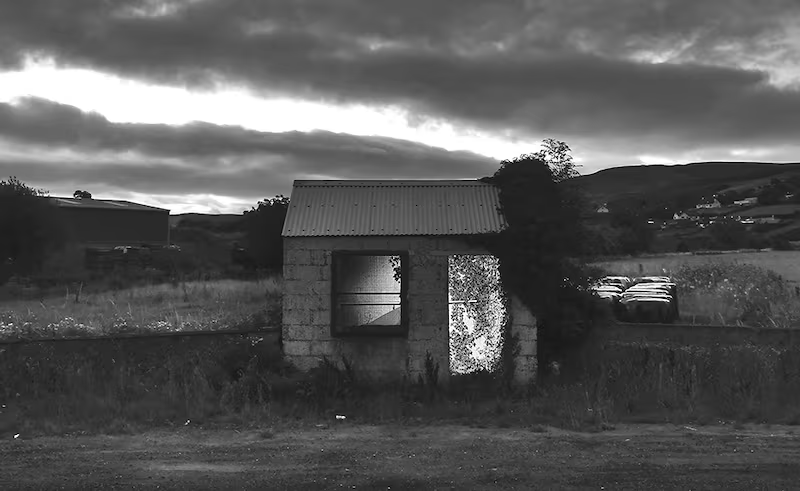The EU and UK will map out how they will examine if technological solutions can be used to keep the Irish border open in the future, under plans being considered as part of efforts to secure a Brexit deal.
Talks are ongoing in an attempt to break the impasse with the House of Commons expected to vote again next week on the withdrawal agreement struck last year between negotiators from Brussels and London.
At the centre of the dispute is the backstop, the insurance policy to ensure there is no hard border even in the absence of a future trade deal between the UK and EU. The measure is only intended to remain in place unless and until other solutions to keep the border open, such as a trade deal, are agreed.

Many pro-Brexit British MPs have suggested that the border could be kept open through technological solutions - so-called “alternative arrangements” - to avoid physical infrastructure.
The Government and the EU have insisted that no such technologies are currently available, while saying they would consider such proposals in future.
Sources said one of the elements of the current talks between the EU and UK is “mapping out” how both sides could further examine such technologies after the withdrawal agreement is passed.
Transition
This would take place during the transition phase, which kicks in after Britain leaves the EU at the end of the month, and sees the UK remain in the single market and customs union until the end of 2020, although this period could be extended.
“There is talk of a process to examine alternative arrangements but during the transition phase so not affecting the (withdrawal agreement),” said one well placed source.
“It would be a mapping out of how the UK and EU would take forward the work to tease out (alternative) arrangements.”
It is not yet clear, however, what exactly would be covered by such a process.
British prime minister Theresa May last week told the House of Commons "the UK and EU have agreed to consider a joint work stream to develop alternative arrangements to ensure the absence of a hard border in Northern Ireland".
“This work will be done in parallel with the future relationship negotiations and is without prejudice to them.”
Such a process was also mentioned by European Commission president Jean Claude Juncker earlier this year in a letter to Mrs May. He said priority will be given to "the discussion of proposals that might replace the backstop with alternative arrangements".
“In this context, facilitative arrangements and technologies will be considered”.
Similar
Well placed sources said a process "more or less" similar to those outlined by Mrs May and Mr Juncker could be spelled out in a document expected to result from the current talks.
British attorney general Geoffrey Cox is also seeking at possible improvements around arbitration on the backstop to allow him change his previous opinion that the UK could be trapped in its provisions permanently.
The EU is insisting that the withdrawal agreement, which contains the backstop, will not be re-opened but has said it is willing to offer assurances that it is only intended to be a temporary measure.
















